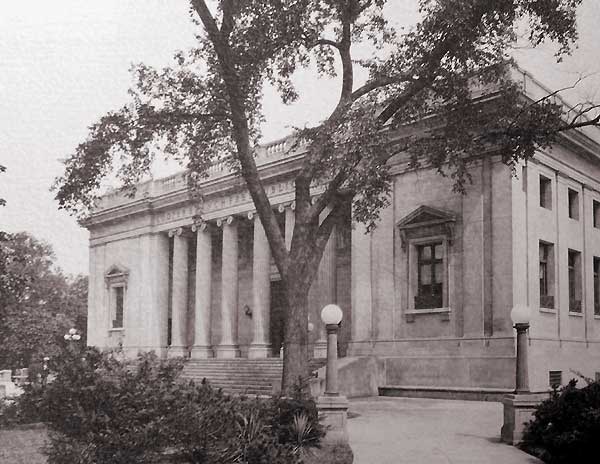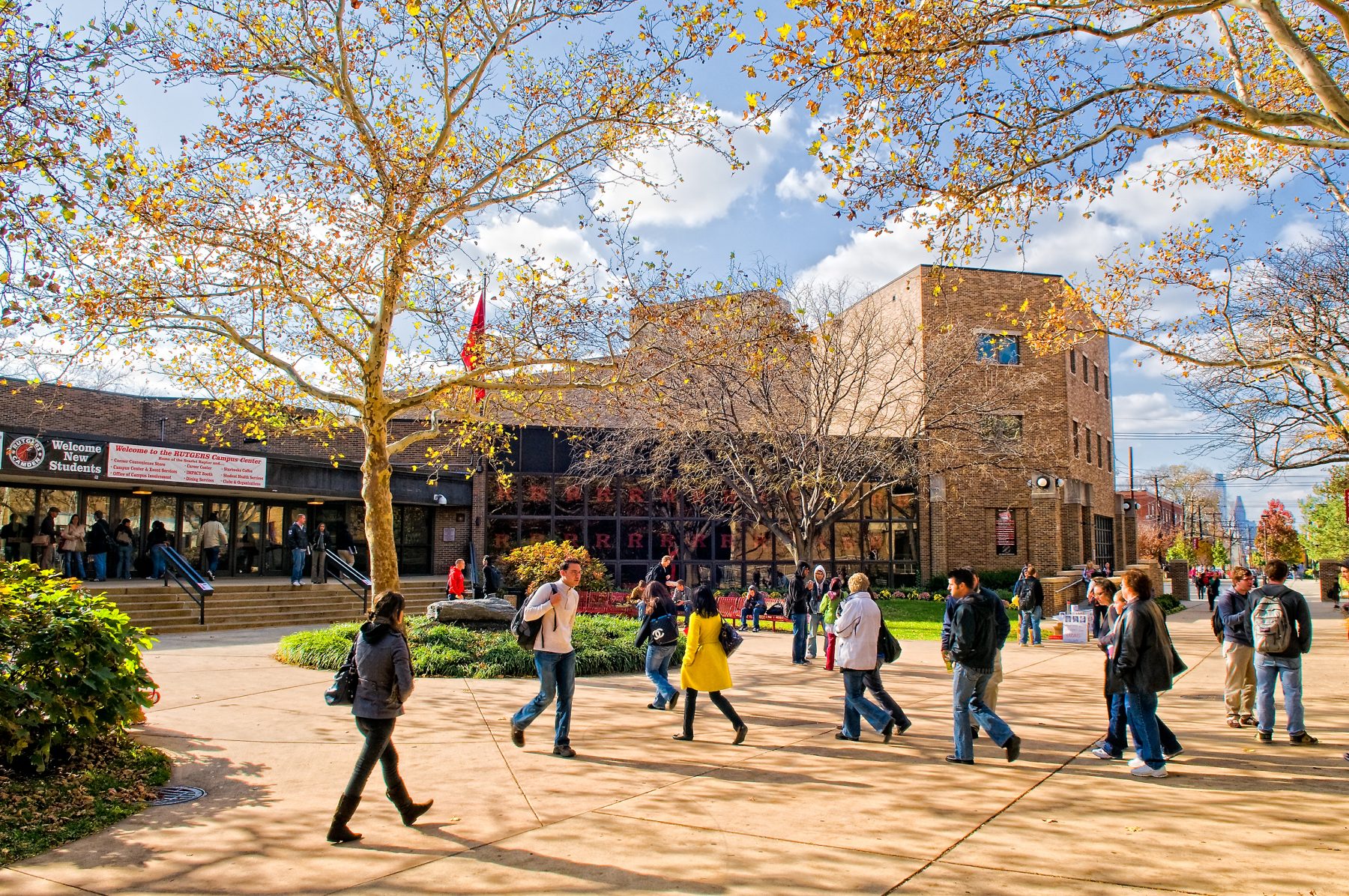Did you know that the Rutgers—Camden campus is in the midst of a city full of history? I could definitely tell that parts of the campus were old when I (all of a sudden) started driving through cobble stone roads.
Rutgers—Camden is proud to be part of Camden Rising which is an initiative to better the community and its residents and for future generations. Our Campus is constantly growing and bettering itself as well as the city around us. It’s great that we are looking towards the future, but it is also important to look at the past. The historic buildings in Rutgers Camden and around Camden is amazing, just look around you when you are on campus. Here are some of the historic buildings you might encounter on or around campus:
1. Ayer Mansion
The building was built in 1869 as a home for Nathan W. Ayer and his family. It remained an Ayer family home until 1946 when Arthur Armitage purchased the property for the new home of the South Jersey Law School. The South Jersey Law School ultimately became Rutgers Camden in 1950 and now the Ayer Mansion is home to the Office of Undergraduate and Graduate Admissions of Rutgers Camden. Some claim the building is haunted but I hope I never have to prove this case.
2. Dr. Henry Genet Taylor House

This building was built in 1885 for Dr. Henry G. Taylor who was a Camden physician and the founder of Camden’s first hospital. The style of the house is of American Queen Anne Revival and was designed by Wilson Eyre Jr. who was a renowned Philadelphia architect. The building at the time was used as a both a home and a doctor’s office for Dr. Henry G. Taylor. The Taylor family were keepers of the house until 1989. In 2015 Rutgers University remodeled the building into what it is now — The Writer’s House.
3. Red Cross House
This house was built in 1806 and is one of the oldest houses on Camden’s Cooper Street Historic District. The Federal-style building was built by Edward Smith and was intended to be his summer residence. The original front of the house was on Market Street and from the façade, you were able to see the Delaware River. The house eventually was owned by the Camden Republican Club in the late 1880s. In the 1950s the building was owned and operated by American Red Cross and the house was known as the “Red Cross House.” In 2016, Rutgers Camden opened the newly renovated building and made it into our Alumni House.
4. Cooper Library (in Johnson Park)

The roots of the property date back to 1688 as Cooper’s Ferry Company’s site for transporting products between Camden and Philadelphia. This structure was built in 1918 and is located in Johnson Park. The building and the park was the creation of Eldridge R. Johnson who is the founder of the Victor Talking Machine Company. Johnson’s vision for the property was for a cultural center for his company employees and residents to come and enjoy. The City of Camden then became caretakers of the property, but unfortunately the library closed in 1975. In 1986 the property was transferred over to Rutgers University for $1.00 and is now home to our Digital Studies Center and Writing and Design Lab.
5. Edward Sharpe House
This house was built in 1812 and is one of the oldest buildings on our campus. The house was designed and built by Gideon Strivers who was a famous builder as well as a previous Mayor of Camden (1830-1838). Edward Sharp went in debt and the house was taken over by the Sheriff. Dr. Samuel Harris then purchased the house from the Sheriff in 1825. Dr. Samuel Harris was Camden’s first permanent doctor and the house was the only place to get medicine in Camden for numerous years. The Federal Style building is one of the hidden gems on campus which is located across from one of our Residence Halls.
6. 427-429 Cooper Street

427 Cooper Street was first inhabited by a lumber merchant named William Doughten in 1862. In 1860, 429 Cooper Street was occupied by Lewis Wilkins and the was a livery stable which is a place to keep or rent out horses. The two buildings have undergone many changes throughout the years, from being a home to Camden businessmen to medical offices. The two buildings are now combined to house the Rutgers University Camden Department of History and Department of Philosophy and Religion.
7. The Nipper Building
This massive building owned by RCA Victor Company, was built in the early 1900s. They are famous for their Victrola Gramophone Cabinets. The building has a tower which was built in 1915 and displays the famous painting- “His Master’s Painting” which is the branding for the RCA Victor Company. The painting depicts a terrier-mix dog listening to his master’s voice through a gramophone. In 1986, the building was placed in the care of General Electric and later was abandoned. The Nipper Building is now an apartment building called the Victors as well as shops and restaurants. Many Rutgers students who are considered ‘off-campus’, live at The Victors.
8. Centenary Methodist Episcopal Church
The original chapel in the back was built in 1868 and was designed by James Frazier. The main church we see on Cooper Street was built in 1892 by Frank R. Watson. The historic building can be recognized by the dark Trenton brownstone design. This 152-year-old church is still standing today. You can easily see this building when driving to campus from Cooper Street or if you are walking to the Nursing Building.
9. Stimson-Woolston House
This building dates back to the time of the Civil War and the design is a Renaissance Revival. The original owner was Isaiah Woolston, a Camden landowner and merchant. The building is now home to our Rutgers University Camden Office of the Chancellors.
Written by Philip E., a Rutgers—Camden Undergraduate Student and Raptor Ambassador.

